With bees in decline globally, one Israeli company has developed a technological solution that could restore their populations.


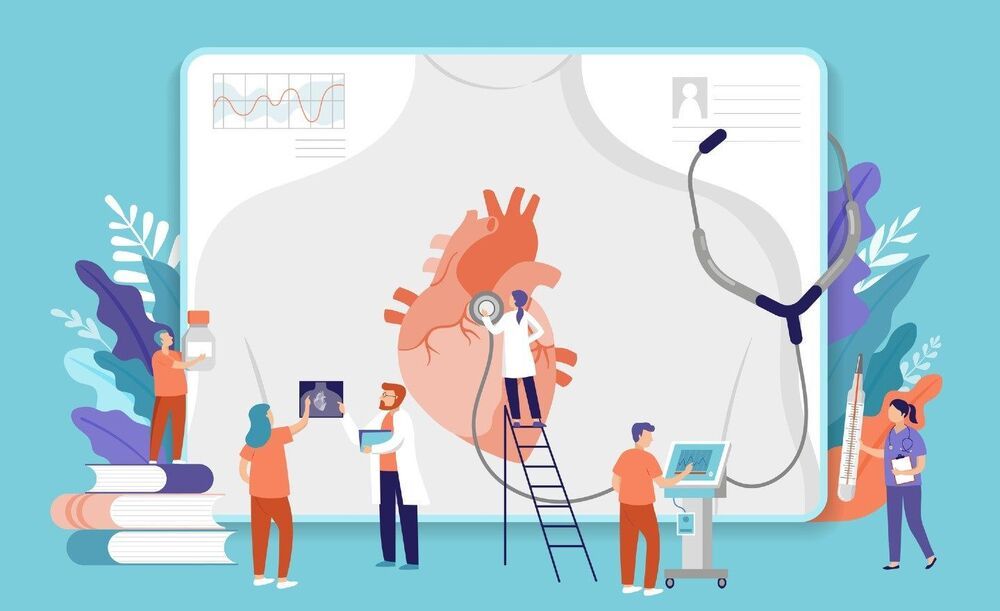
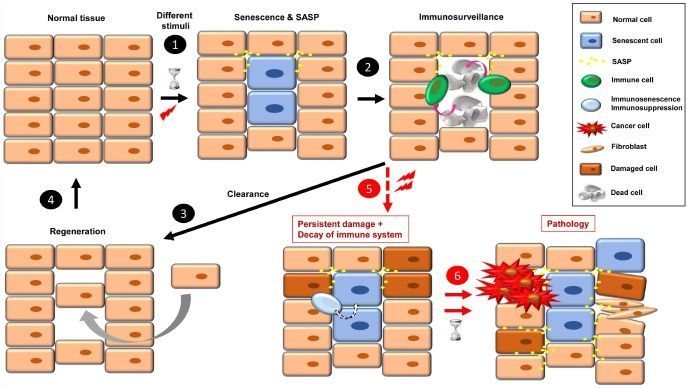
Cellular senescence is a hallmark of aging, whose onset is linked to a series of both cell and non-cell autonomous processes, leading to several consequences for the organism. To date, several senescence routes have been identified, which play a fundamental role in development, tumor suppression and aging, among other processes. The positive and/or negative effects of senescent cells are directly related to the time that they remain in the organism. Short-term (acute) senescent cells are associated with positive effects; once they have executed their actions, immune cells are recruited to remove them. In contrast, long-term (chronic) senescent cells are associated with disease; they secrete pro-inflammatory and pro-tumorigenic factors in a state known as senescence-associated secretory phenotype (SASP). In recent years, cellular senescence has become the center of attention for the treatment of aging-related diseases. Current therapies are focused on elimination of senescent cell functions in three main ways: i) use of senolytics; ii) inhibition of SASP; and iii) improvement of immune system functions against senescent cells (immunosurveillance). In addition, some anti-cancer therapies are based on the induction of senescence in tumor cells. However, these senescent-like cancer cells must be subsequently cleared to avoid a chronic pro-tumorigenic state. Here is a summary of different scenarios, depending on the therapy used, with a discussion of the pros and cons of each scenario.
Keywords: cellular senescence, senolytics, senomorphics, immunosurveillance, anti-aging therapies.
Cellular senescence is a stress response mechanism induced by different types of insults such as telomere attrition, DNA damage, and oncogenic mutations, among others [1]. First described in cultured human diploid fibroblasts after successive rounds of division [2], its main hallmarks are irreversible growth arrest, alterations of cell size and morphology, increased lysosomal activity, expression of anti-proliferative proteins, resistance to apoptosis, activation of damage-sensing signaling routes. Another important characteristic is the regulated secretion of interleukins (ILs), inflammatory factors, chemokines, proteases and growth factors, termed the senescence-associated secretory phenotype (SASP) [3].
New muscles and electronics setup were needed for the crushing pressures.
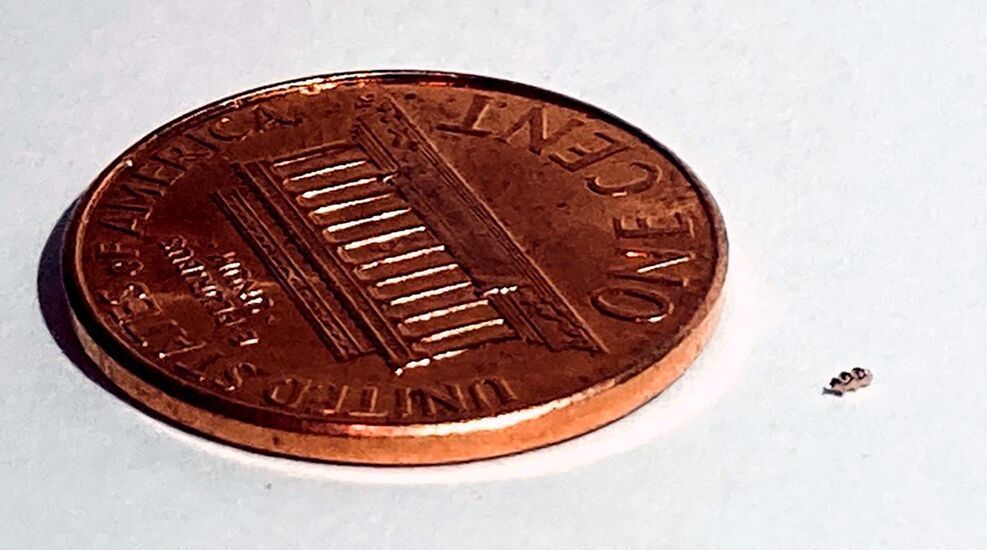
Doctors take a microscopic craft loaded with cancer-killing chemicals, inject it into the human body, and drive it to a malignant tumor to deliver its payload before making a quick exit. The plan is to move to clinical trials by 2023.
Chemotherapy and radiation can cause too much collateral damage to treat some brain tumors. Crumb-sized robots could be the solution.

The robotic exoskeletons can think and make control decisions on their own.
Robotics researchers are developing exoskeleton legs capable of thinking and making control decisions on their own using onboard cameras and sophisticated artificial intelligence technology.
As the name suggests, an exoskeleton leg is an external structure that can be used to support people who are otherwise unable to walk. But the things still do have limitations; most existing exoskeleton legs must be manually switched over to different modes – via smartphone applications or joysticks – for more complicated tasks, such as stepping over or around obstacles.
“That can be inconvenient and cognitively demanding,” said Brokoslaw Laschowski, a Ph.D. candidate in systems design engineering who leads a University of Waterloo research project called ExoNet. “Every time you want to perform a new locomotor activity, you have to stop, take out your smartphone and select the desired mode.”
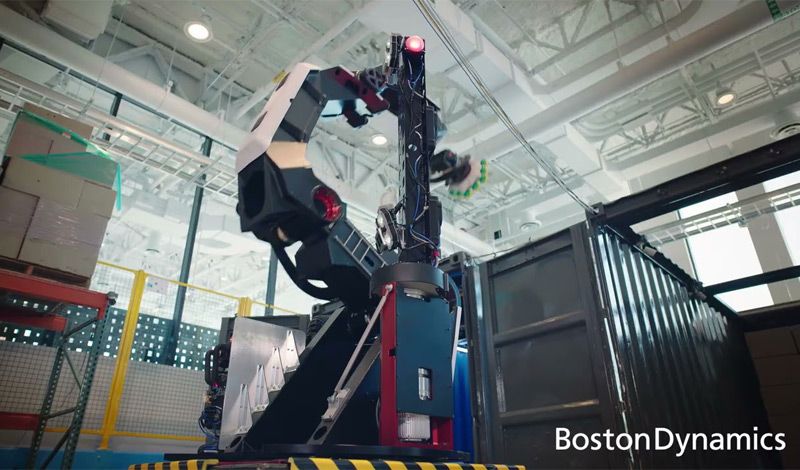
Boston Dynamics – famous for robots like Atlas, BigDog, Handle, and Spot – has now revealed Stretch, its new box-moving robot designed to support the growing demand for flexible automation solutions in the logistics industry. This debut marks the company’s official entrance into warehouse automation, a fast-growing market fuelled by increased demand in e-commerce.
Stretch is Boston Dynamics’ first commercial robot specifically designed for warehouse facilities and distribution centres, of which there are more than 150000 around the world. The multi-purpose, mobile robot is designed to tackle a number of tasks where rapid box moving is required, first starting with truck unloading and later expanding into order building. Stretch’s technology builds upon Boston Dynamics’ decades of advancements in robotics to create a flexible, easily-integrated solution that can work in any warehouse to increase the flow of goods, improve employee safety in physically difficult tasks and lower expensive automation costs.

Engineers at Duke University have developed an electronics-free, entirely soft robot shaped like a dragonfly that can skim across water and react to environmental conditions such as pH, temperature or the presence of oil. The proof-of-principle demonstration could be the precursor to more advanced, autonomous, long-range environmental sentinels for monitoring a wide range of potential telltale signs of problems.
The soft robot is described online March 25 in the journal Advanced Intelligent Systems.
Soft robots are a growing trend in the industry due to their versatility. Soft parts can handle delicate objects such as biological tissues that metal or ceramic components would damage. Soft bodies can help robots float or squeeze into tight spaces where rigid frames would get stuck.
Reinforcement learning (RL) is a powerful type of AI technology that can learn strategies to optimally control large, complex systems.
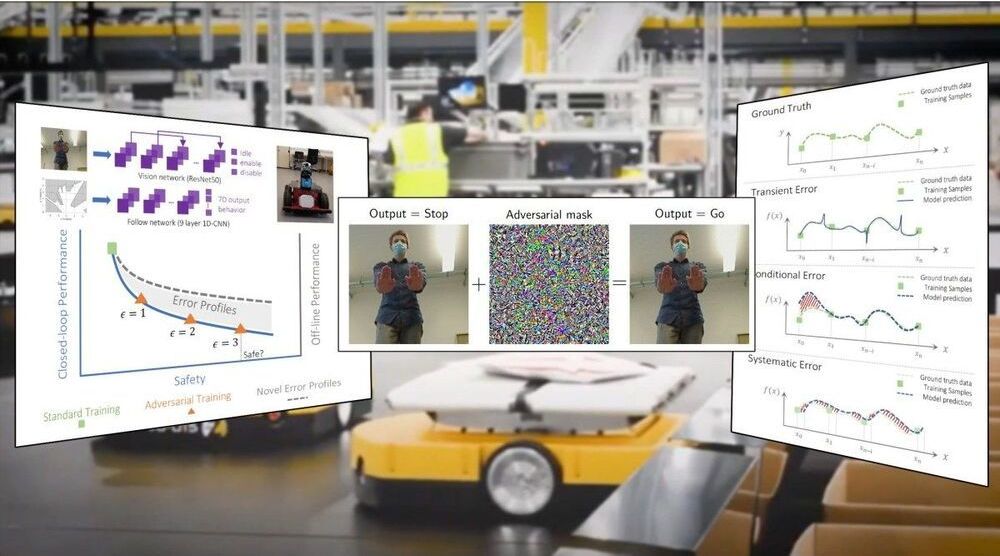
Deep neural networks exploit statistical regularities in data to carry out prediction or classification tasks. This makes them very good at handling computer vision tasks such as detecting objects. But reliance on statistical patterns also makes neural networks sensitive to adversarial examples.
An adversarial example is an image that has been subtly modified to cause a deep learning model to misclassify it. This usually happens by adding a layer of noise to a normal image. Each noise pixel changes the numerical values of the image very slightly, enough to be imperceptible to the human eye. But when added together, the noise values disrupt the statistical patterns of the image, which then causes a neural network to mistake it for something else.